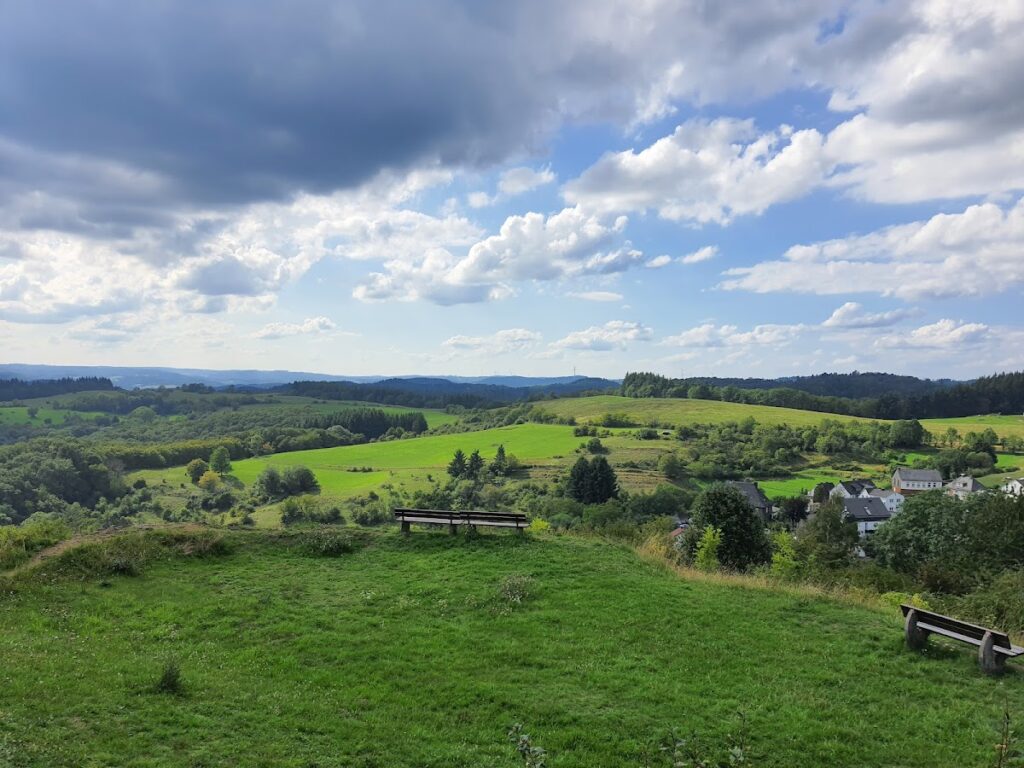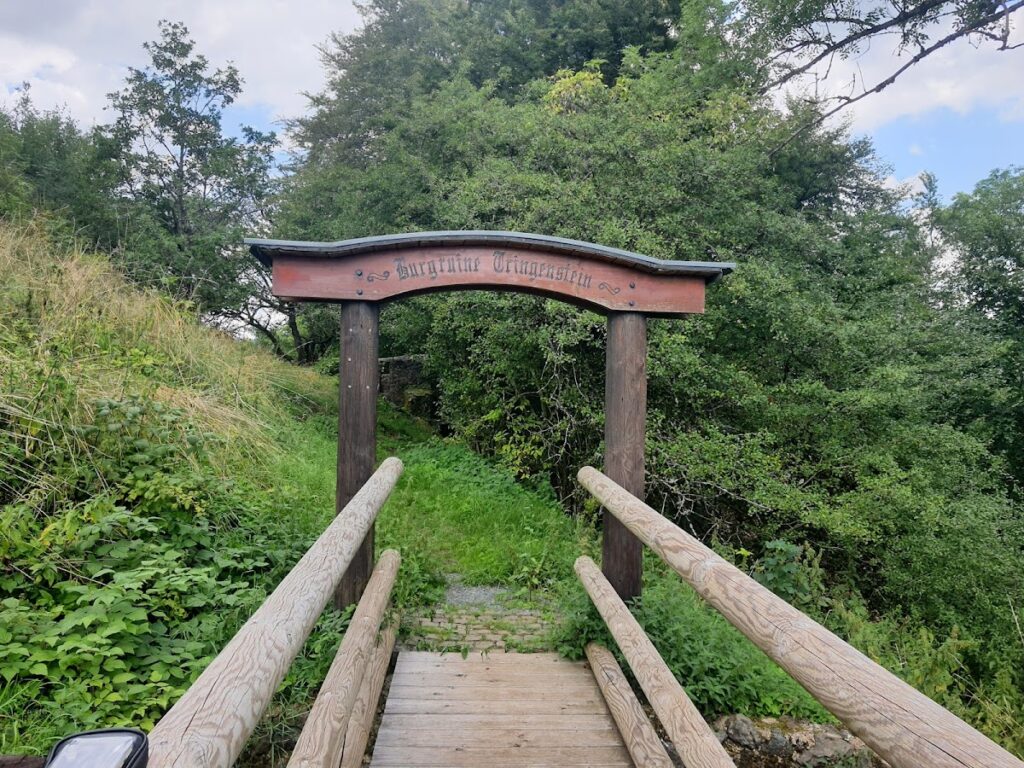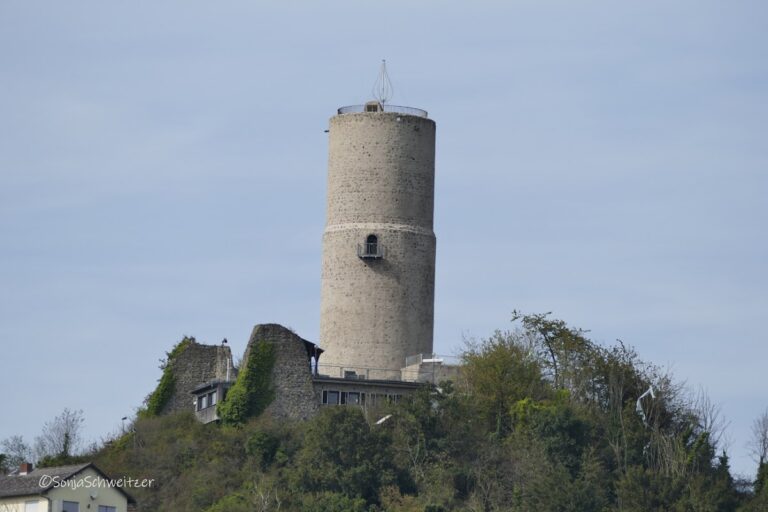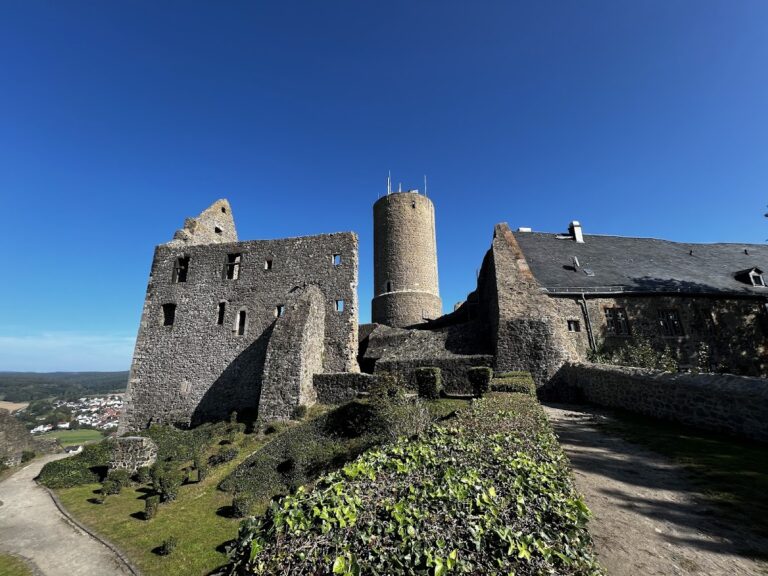Burg Tringenstein: A Medieval Hilltop Castle in Siegbach, Germany
Visitor Information
Google Rating: 4.6
Popularity: Low
Google Maps: View on Google Maps
Country: Germany
Civilization: Unclassified
Remains: Military
History
Burg Tringenstein is a medieval hilltop castle located in the municipality of Siegbach, Germany. Constructed by the German nobility in the mid-14th century, it played a key role in regional defense and administration during the late medieval period.
The castle’s origins date back to around 1350 or 1351, when Countess Adelheid of Vianden, the widow of Count Otto II of Nassau-Siegen, ordered its construction. This initiative responded to the nearby Hessian fortress Neu-Dernbach, signaling a strategic need to control the surrounding territory. Initially known in historical documents as Burg Murstein in 1352, the site is first definitively mentioned as Burg Tringenstein in a 1356 deed. The castle was built on a hill owned by the lords von Bicken, with the village of Tringenstein arising alongside the fortress, illustrating the close connection between medieval strongholds and settlement development.
Throughout the late 15th century, Burg Tringenstein underwent significant expansion under Count Johann IV of Nassau-Siegen. During this period, it served not only as a military and administrative center but also as a noble residence. Countess Elisabeth of Hessen-Marburg, wife of Count Johann V of Nassau-Siegen, lived there temporarily. Later, in the early stages of the Thirty Years’ War, members of the Nassau-Dillenburg line established the castle as a residence for extended periods, indicating its continued importance in noble affairs and regional governance.
Burg Tringenstein functioned as the administrative seat, or Amt, of Tringenstein. An Amtmann, or administrative official, was appointed to oversee the area, balancing the influence of neighboring Hesse’s Amt Blankenstein, headquartered at Burg Blankenstein near Gladenbach. The castle also served as a hunting lodge within the extensive comital game reserves of the Schelderwald forest, highlighting its role in noble leisure and land management.
In 1725, the administrative offices of the Amt Tringenstein were merged with those of Amt Ebersbach, leading to the Amtmann relocating his official seat to Ebersbach. Following this transition, Burg Tringenstein gradually lost its function as a governmental center and became largely uninhabited except for a castle servant. After the Nassau-Dillenburg family line ended in 1739, interest in maintaining the castle declined.
During 1773 and 1774, all valuables and movable items within the castle were sold, reflecting its waning significance. The main building of the castle was eventually demolished in 1839 due to safety concerns. Over time, the site was quarried for stone, which contributed further to its gradual dismantling. Today, Burg Tringenstein stands as a ruin, a testament to its layered history and changing fortunes over nearly five centuries.
Remains
Burg Tringenstein was originally constructed as a hilltop fortress situated at an elevation of 532 meters on the Murstein hill. Built to assert control over the landscape and withstand potential attacks, the castle’s design capitalized on the natural defensive advantages of its elevated location above the village of Tringenstein.
Present-day archaeological remains consist mainly of scattered fragments of the original castle walls and portions of building ruins. These masonry remnants reflect the durable medieval stone construction that has endured despite centuries of exposure and structural decline. Although only small sections survive, the visible remains provide a tangible connection to the castle’s historical footprint on the landscape.
A scale model of Burg Tringenstein has been placed atop the castle hill to illustrate how the fortress once appeared. This model helps visitors and researchers envision the layout and scale of the castle during its period of use. It serves as a valuable interpretive tool given the limited physical evidence now visible at the site.
Throughout its later history, particularly after being abandoned as an administrative center, the castle’s structural fabric suffered from partial demolition and stone removal. Quarrying activities on the site accelerated its deterioration, leaving only a few isolated fragments intact today. These remnants stand as silent witnesses to the castle’s significance and eventual decline over the centuries.










